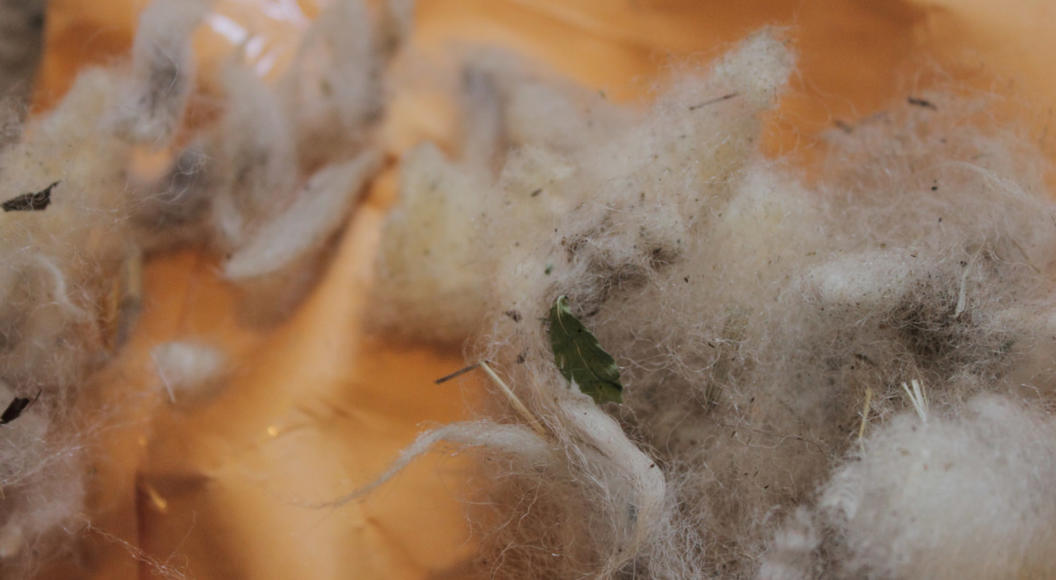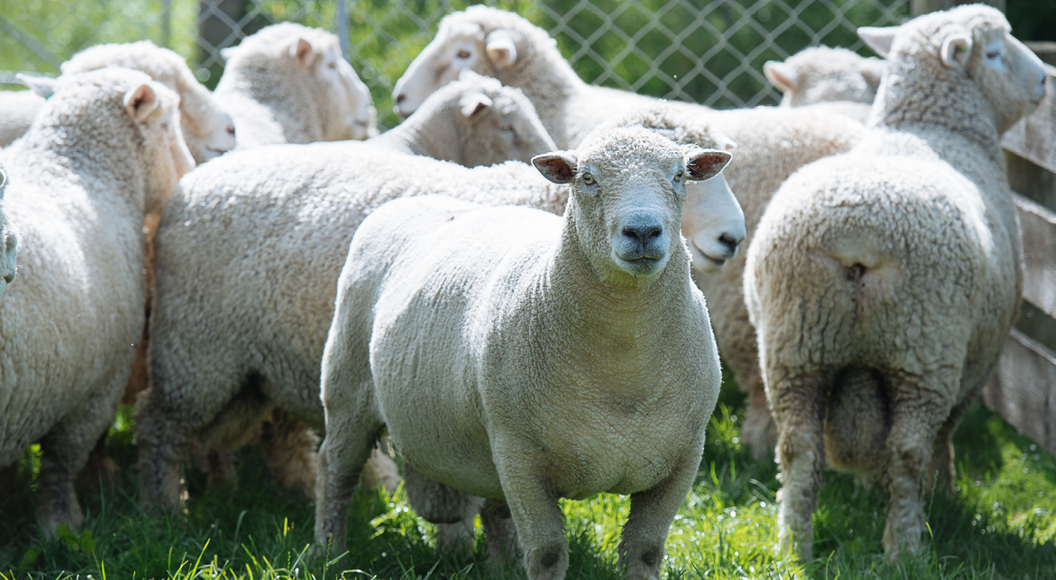
The journey to meeting calf weight targets
It is often said that heifers reaching their targets is a good indicator for farming success. Heifers reaching 30 percent of mature liveweight at six months, 60 percent at 15 months (mating) and 90 percent at 22 months (pre-calving) are crucial milestones.
“Keep in mind that younger calves have a higher feed conversion efficiency,” says SealesWinslow Nutrition and Quality Manager, Natalie Hughes. It basically means that they can readily convert feed into liveweight and do so more effectively than later on in life.
As they mature, it is easy for them to fall behind and miss the next target. This can be detrimental for their development and for their physical maturity. For one, it is important to consider that body weight, rather than age, drives puberty and ultimately determines mating success. There is also a clear link to productivity. It has been shown¹ that heifers that don’t reach their target liveweight at first mating can produce up to 34 kg MS less in their first year. They also continue lagging behind in their second and third year of lactation, with a further production deficit of up to 30 kg MS and 29 kg MS respectively. These numbers make a compelling case as they represent a lost opportunity of up to $558 per heifer (assuming a $6 payout)¹.
Natalie emphasises the importance of consistency. “Don’t wait until a target is missed,” she says. “Being proactive to ensure consistent weight gain really pays off, and is more cost effective than trying to play catch-up. With a thorough monitoring regime and regular weigh-ins, you can accurately identify calves should weight gains start to slip. It means that any gaps can be promptly addressed without falling behind too far.”
At that point, a high-energy supplementary feed is your first port of call. Natalie recommends Rumatain Weightgainer with Rumensin which is specially formulated to help growth after weaning. This great tasting pellet includes essential oils that stimulate appetite and enhance rumen development. It is also a durable pellet and it has a flavour profile that reflects the SealesWinslow calf meal range, making it easy for transitioning. Alternatively, Natalie suggests Forage Max, a dehydrated molasses block that increases energy for rumen microbes, but helps promote dry matter intake.
Regardless of your approach, be sure to follow good nutritional practice, introduce new feed gradually, and ensure that animals have access to ample clean drinking water. If grazing is limited or leafy, add quality hay or straw for physically effective fibre.
Talk to your PGG Wrightson Technical Field Representative to get some tips on meeting weight targets.
Supplied by SealesWinslow
¹ H. Archbold et al, Animal (2012), 6:7, 1143-115.


